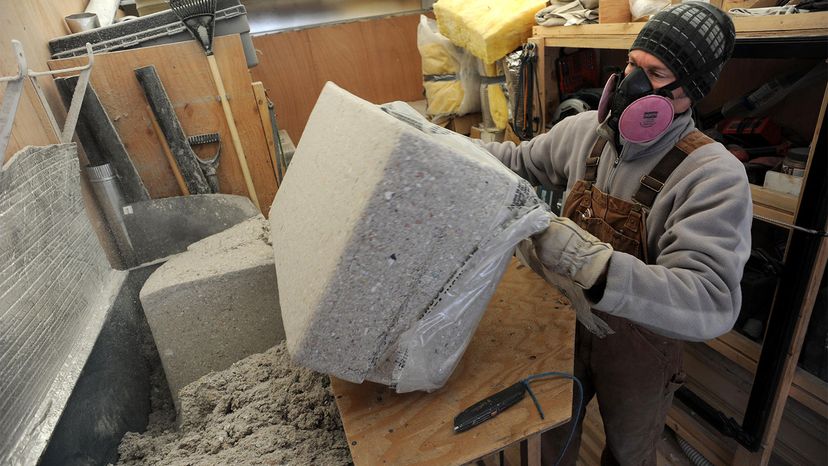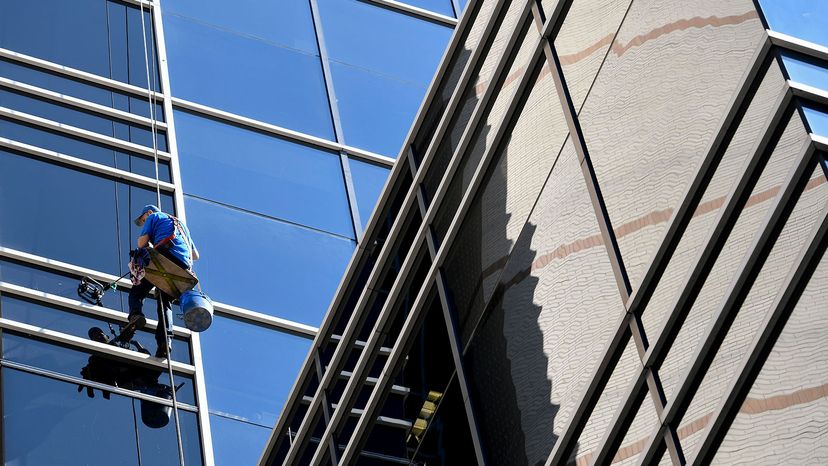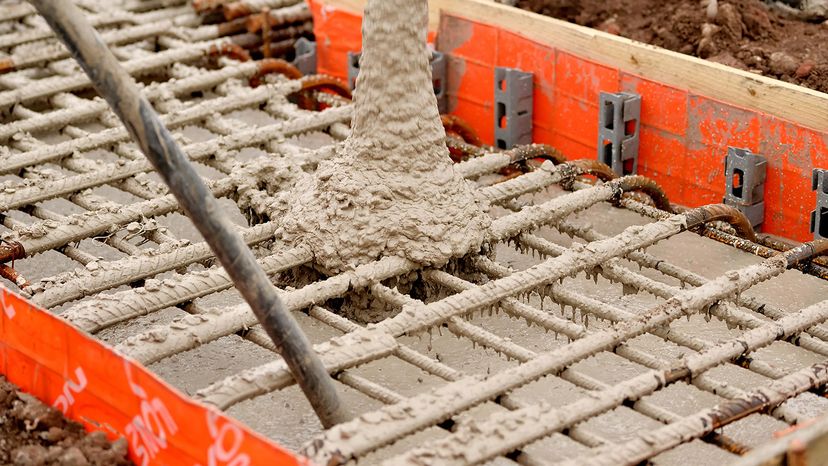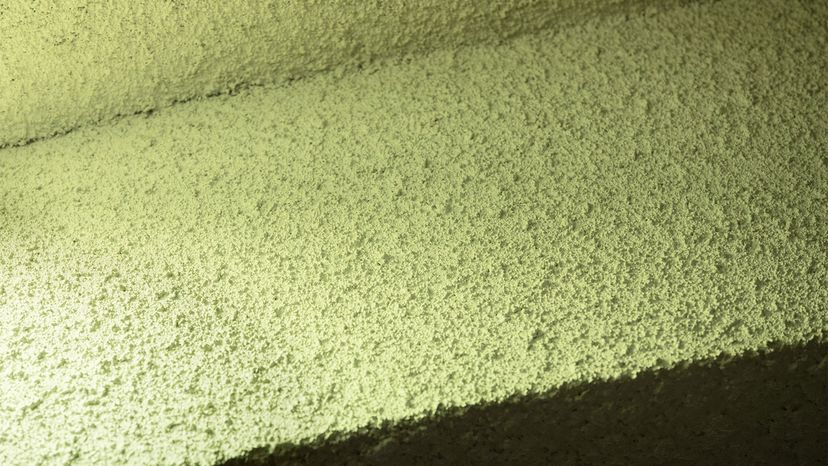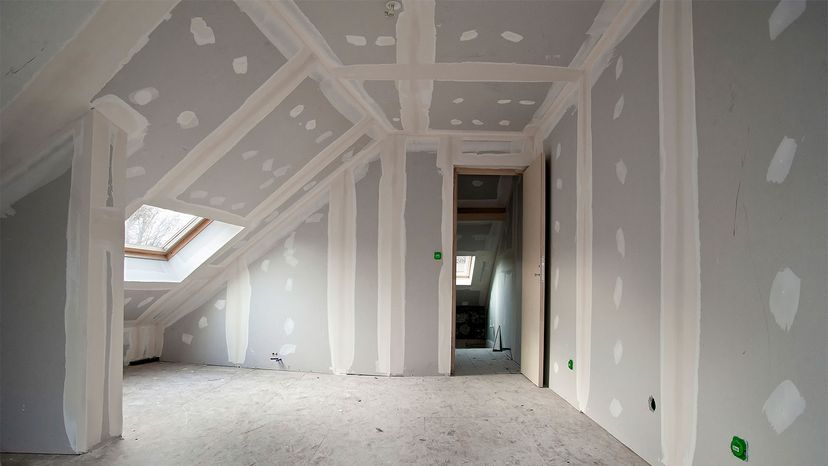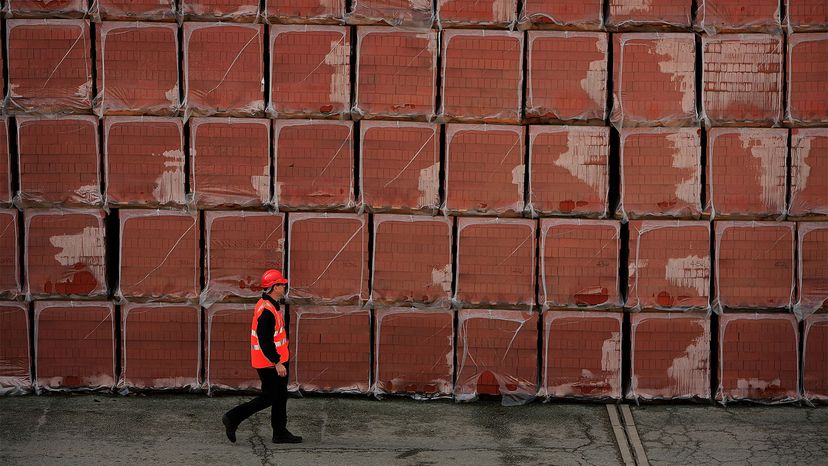
Residential fires kill nearly 4,000 people per year in the United States alone [source: FEMA]. And most fatal fires occur when people are asleep in their homes, as smoke can lull a person into a deep slumber [source: FEMA]. Ever wonder how your walls would protect you? While no practical building material is truly fireproof, well-constructed houses and buildings can help prevent such tragedies by using materials that are relatively fire-resistant.
Consequently, it's not a question of whether a fire can damage a structure, but a question of when. It simply takes longer for fire to affect fire-resistant materials. The key is to construct a building in which a fire would take effect slowly, allowing the occupants plenty of time to escape, and emergency responders time to arrive on the scene. This is also why materials themselves are rated in respect to how long it would take fire to affect their structural abilities. Even heavy timber can be considered fire-resistant. It's combustible, however, while metals like aluminum or steel aren't combustible — instead, they tend to buckle under intense heat. We'll explore some of the best building materials for preventing and impeding a raging fire.
Advertisement
